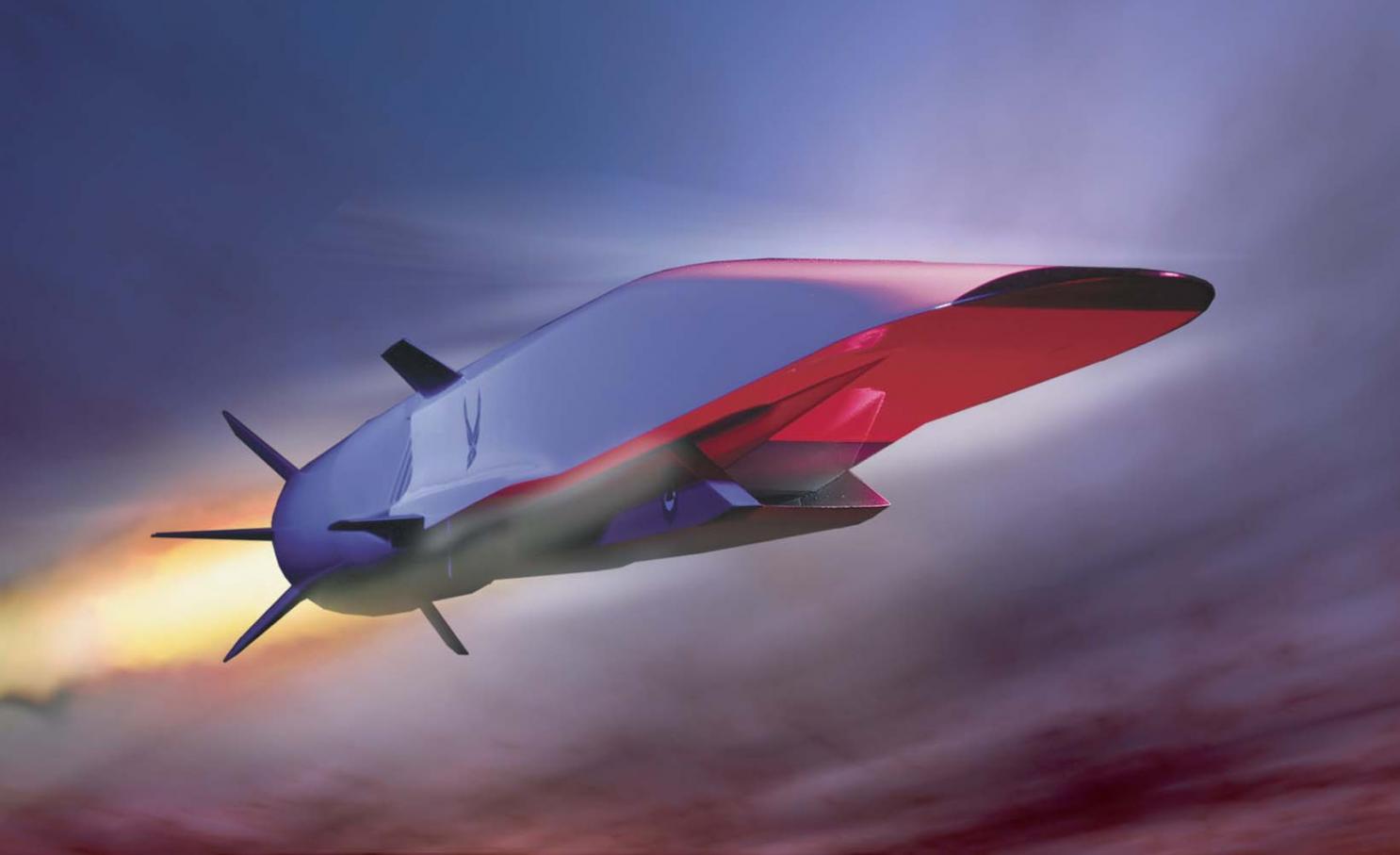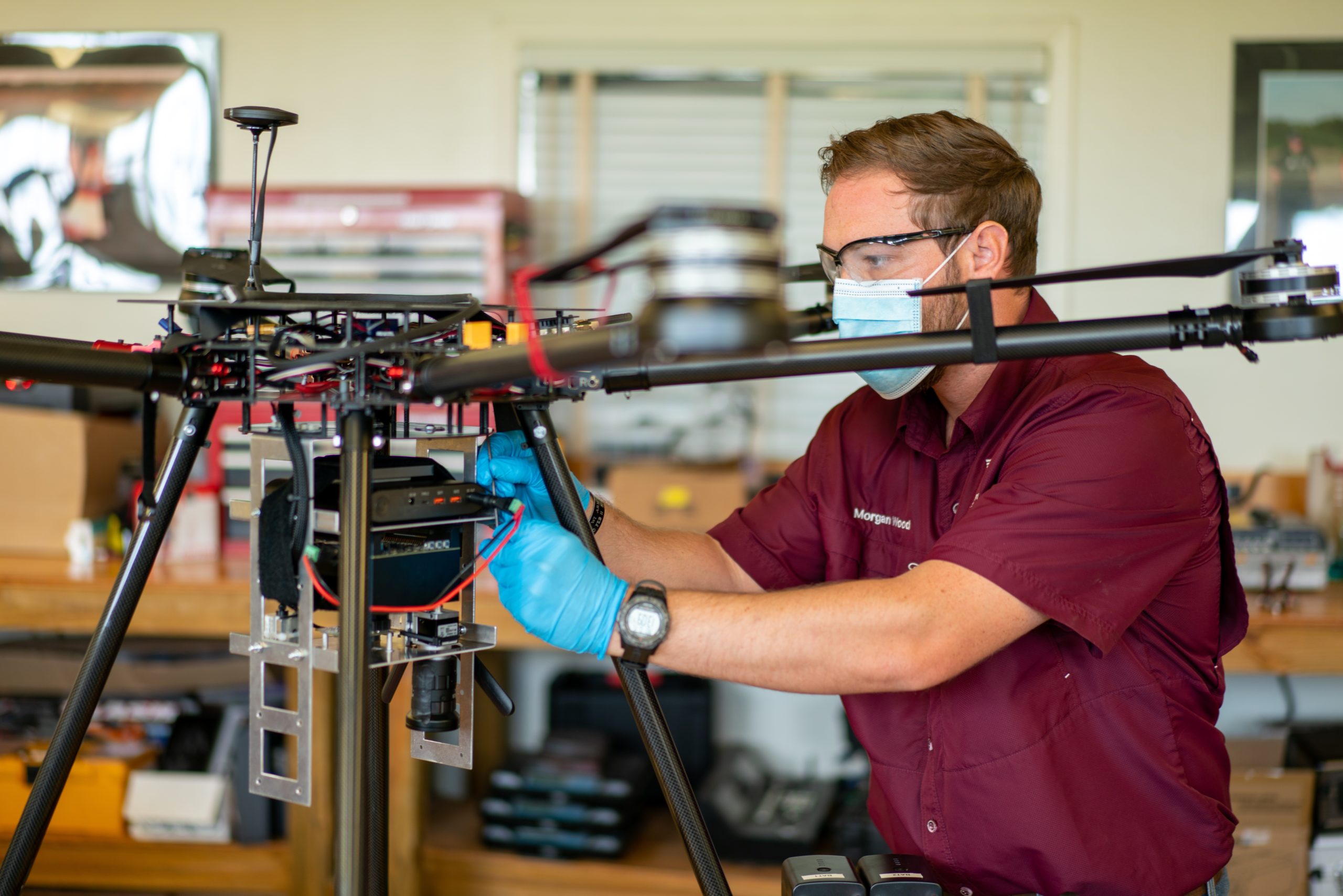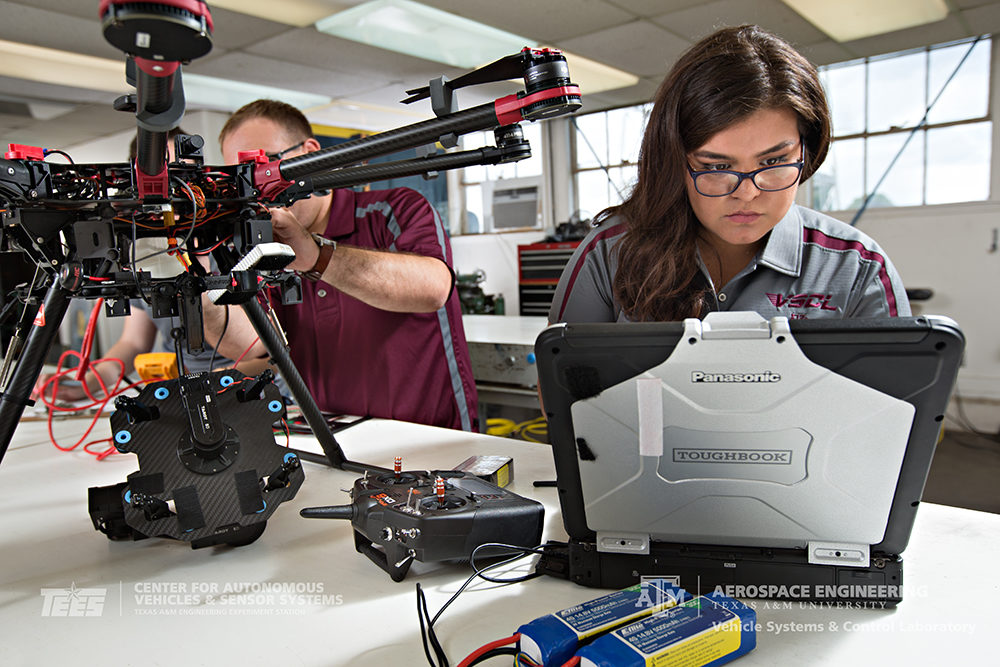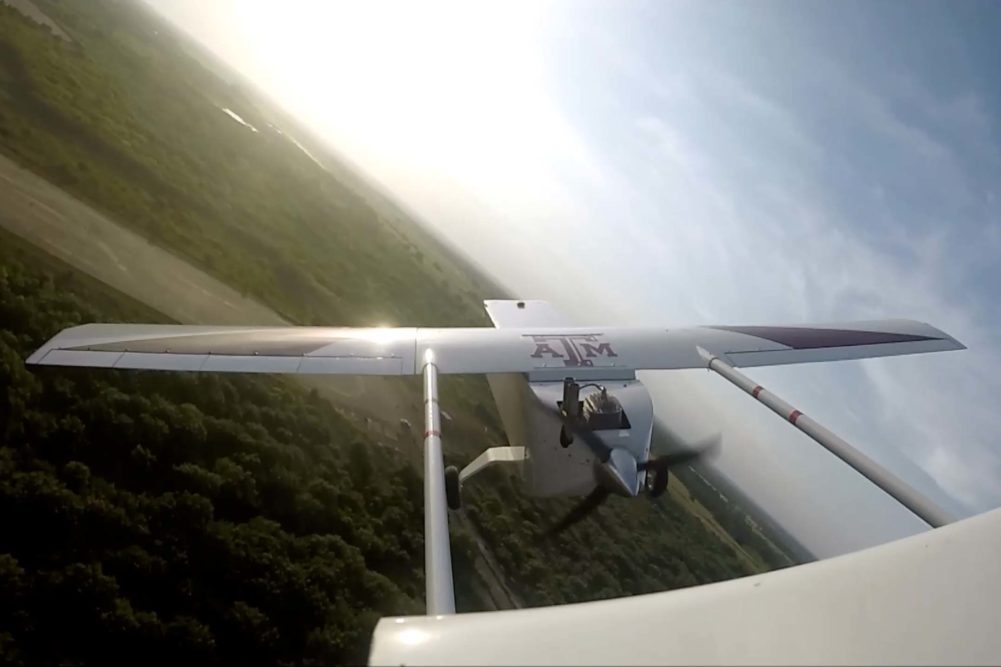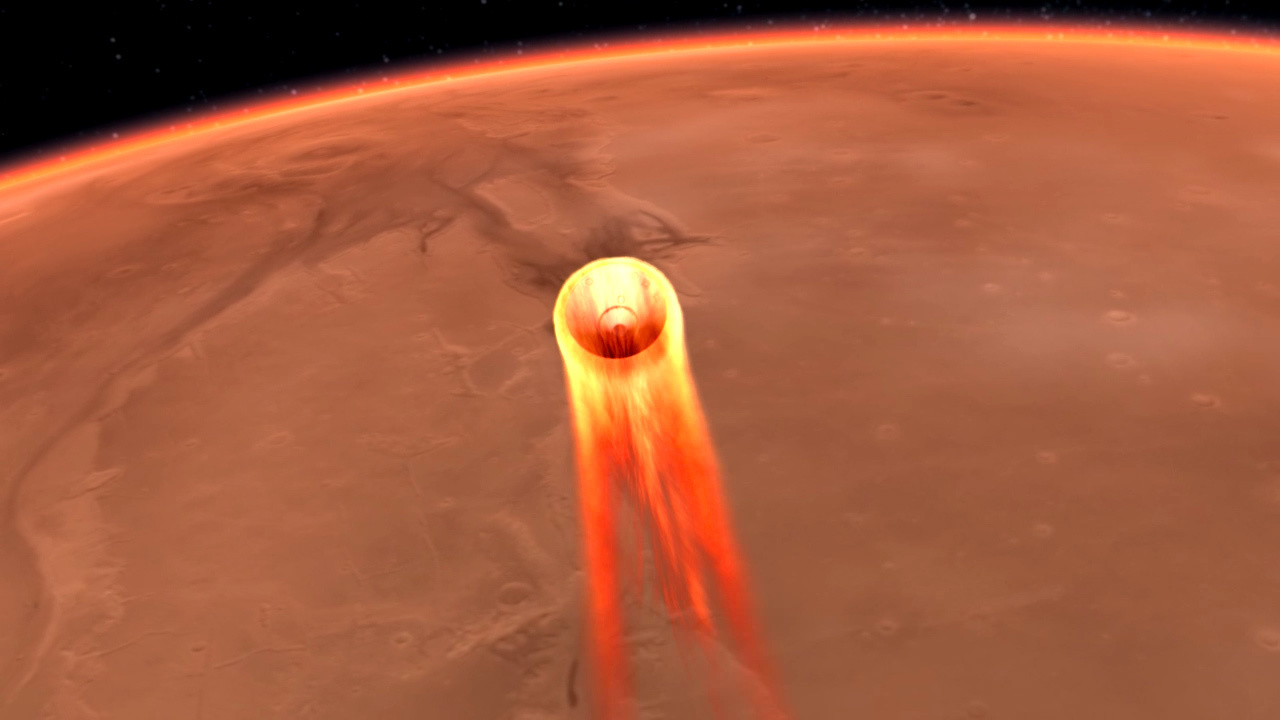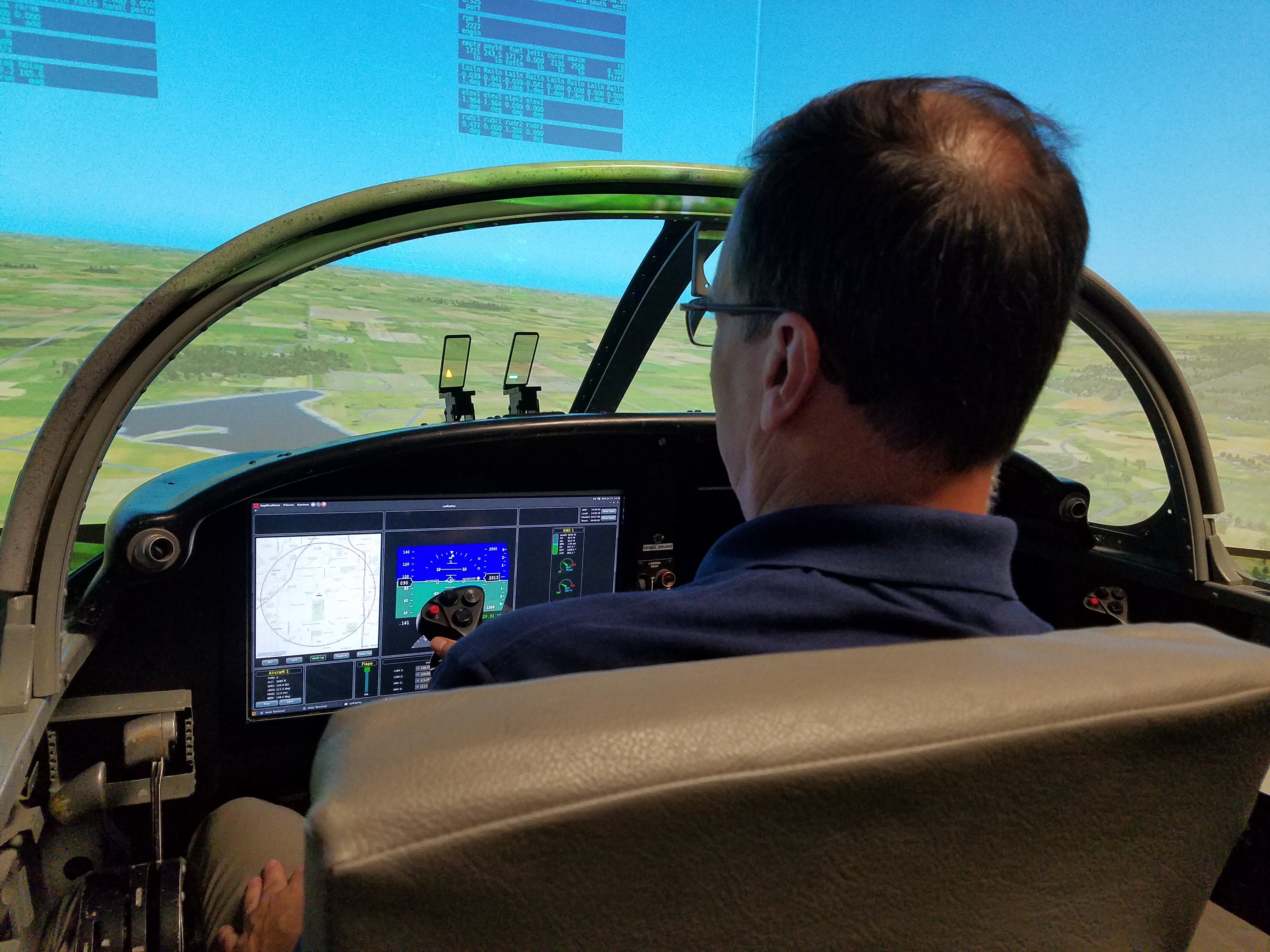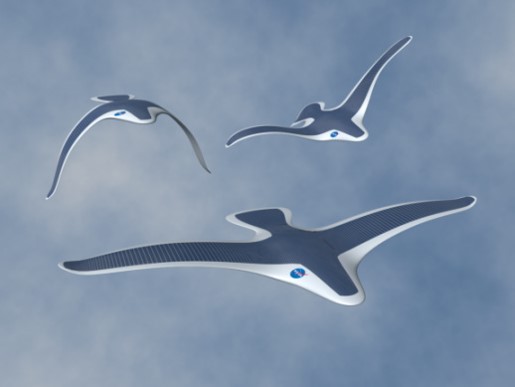Rendezvous and Proximity Operations Tasks
Collaborative Effort with GN&C Autonomous Flight Systems Office, NASA Johnson Space Center
25 August 2005 – present
Collaborator: Howard Hu
A critical component in the CEV development is the delineation of decision-making authority between humans/computers (automation) and ground/onboard (autonomy). By finding the right balance of automation and autonomy, NASA can vastly improve the probability of mission success, increase safety, and decrease overall cost. To identify the appropriate levels of automation and autonomy to design into a human space flight vehicle NASA has created a method called the Function-specific Level of Autonomy and Automation Tool (FLOAAT).


Specific tasks and research objectives:
- Prototype selected Rendezvous and/or Prox Ops functions at the levels of automation determined by the Function-specific Level of Autonomy and Automation Tool (FLOAAT) process
- Evaluate the prototype versions by comparing to Shuttle/ISS implementations of the same functions
- Use this comparison to evaluate the quality of the FLOAAT recommended level of automation
- Evaluate the selected decision-making algorithm
A final evaluation will be made to determine if the level of automation was appropriate for each prototyped function and provide suggestions for improvement. This includes an evaluation of the prototyping process, AI techniques used, and the effectiveness of operating at the levels of automation specified by the FLOAAT process. The successfulness of the prototyping effort will be used to gauge the accuracy of the FLOAAT tool to select appropriate levels of automation. It will also determine the applicability of the selected decision-making algorithms for use in human spaceflight.
Working with me on this program is Graduate Research Assistant:
- Jeremy Hart

